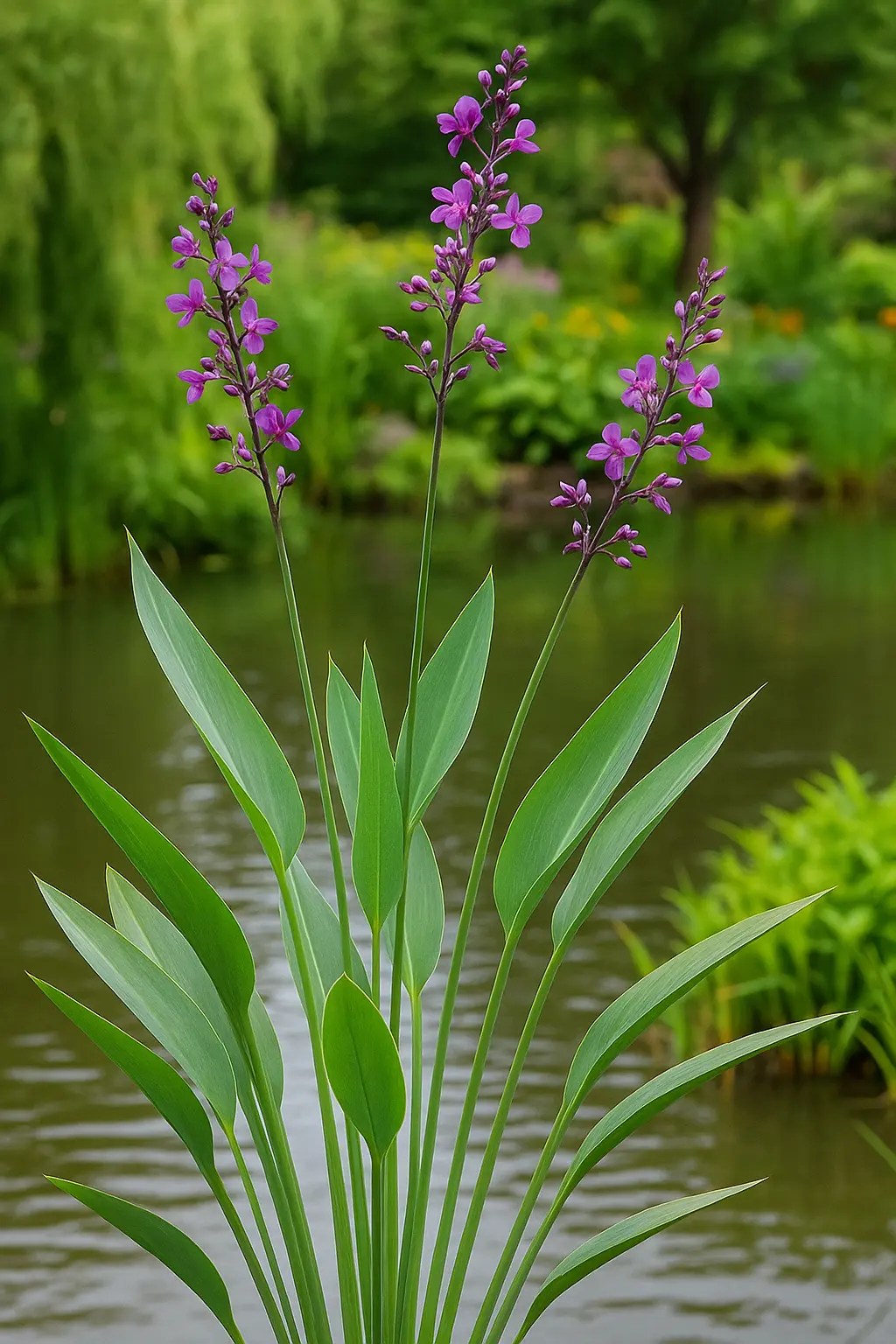What is Rosinweed?
Rosinweed is a beautiful sunflower-like wildflower with a sticky sap that oozes from its stems when cut or broken. It’s a member of the Asteraceae family, which also includes daisies, mums, sunflowers, marigolds, and dandelions.
Is Rosinweed a Weed?
Rosinweed can be an aggressive plant that spreads by seed and underground rhizomes. It’s best not to plant it with smaller, less vibrant plants, but it can do well in areas where it has room to spread, such as wildflower gardens, prairies, meadows, or other naturalized areas.
Rosinweed Plant Information
Native to much of North America, rosinweed is a hardy and drought-tolerant plant thanks to its long, sturdy taproot that reaches deep into the soil for moisture. It produces bright yellow flowers from mid-summer to fall. Rosinweed is a great plant for attracting beneficial pollinators, birds, and butterflies to your garden, and it usually grows to a height of 2 to 3 feet, although it can reach up to 6 feet tall.
Growing Rosinweed Plants
Rosinweed thrives in average, well-drained soil but can also tolerate difficult conditions, including sand, gravel, and clay. It prefers full sunlight but can also tolerate partial shade. Be patient when growing rosinweed from seed, as it may take some time for the plants to fully establish, but once they do, they grow quickly. Thanks to its sturdy stems, rosinweed rarely flops over and seldom needs support.
Tips on Rosinweed Care
Water rosinweed regularly until its roots are established. After that, it requires very little moisture. Fertilize rosinweed only if your soil is very poor or if growth is slow. In that case, apply a light dose of a balanced fertilizer in spring. Once rosinweed is established, it’s best to leave it undisturbed, as plants with long taproots usually don’t tolerate division. Rosinweed is rarely bothered by pests or diseases.
Growing Rosinweed from Seed
To grow rosinweed from seed, sow the seeds in well-drained soil in the spring. Keep the soil moist, and the seeds should germinate in 10-14 days. Once the seedlings have developed their first set of true leaves, you can transplant them to their permanent location.
Rosinweed in Gardens
Rosinweed is a beautiful and easy-to-grow plant that is a great addition to any garden. It attracts pollinators, birds, and butterflies, and it is also a good choice for naturalized areas. With its bright yellow flowers and sturdy stems, rosinweed is sure to add a touch of beauty and interest to your landscape.
Additional Information
- Rosinweed is a member of the Asteraceae family, which also includes daisies, mums, sunflowers, marigolds, and dandelions.
- Rosinweed is native to much of North America.
- Rosinweed is a hardy and drought-tolerant plant.
- Rosinweed attracts pollinators, birds, and butterflies.
- Rosinweed is a good choice for naturalized areas.









